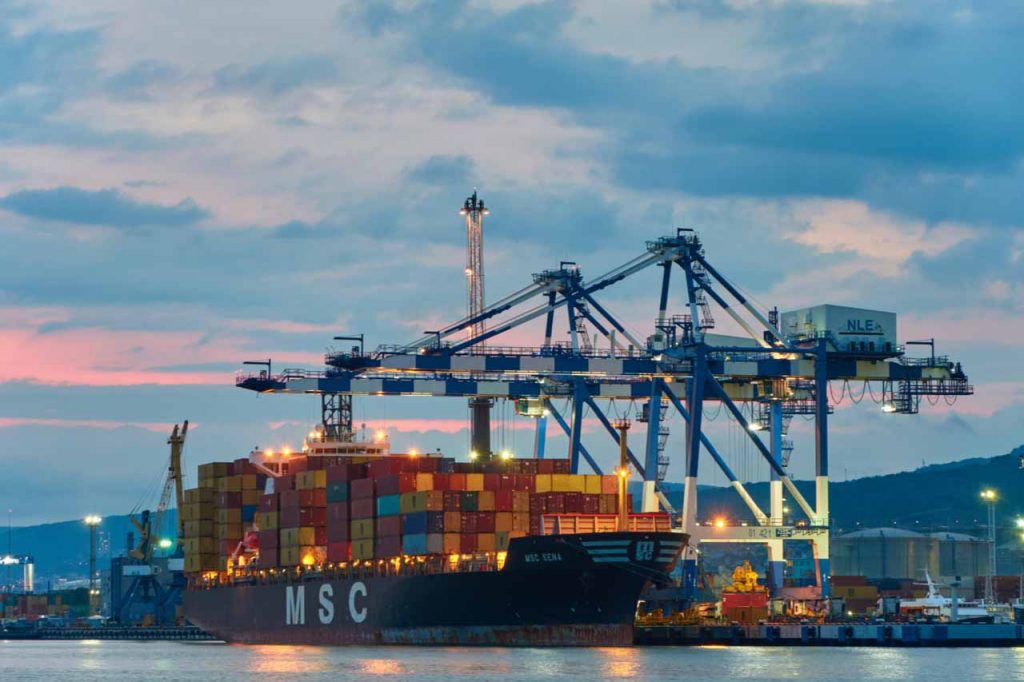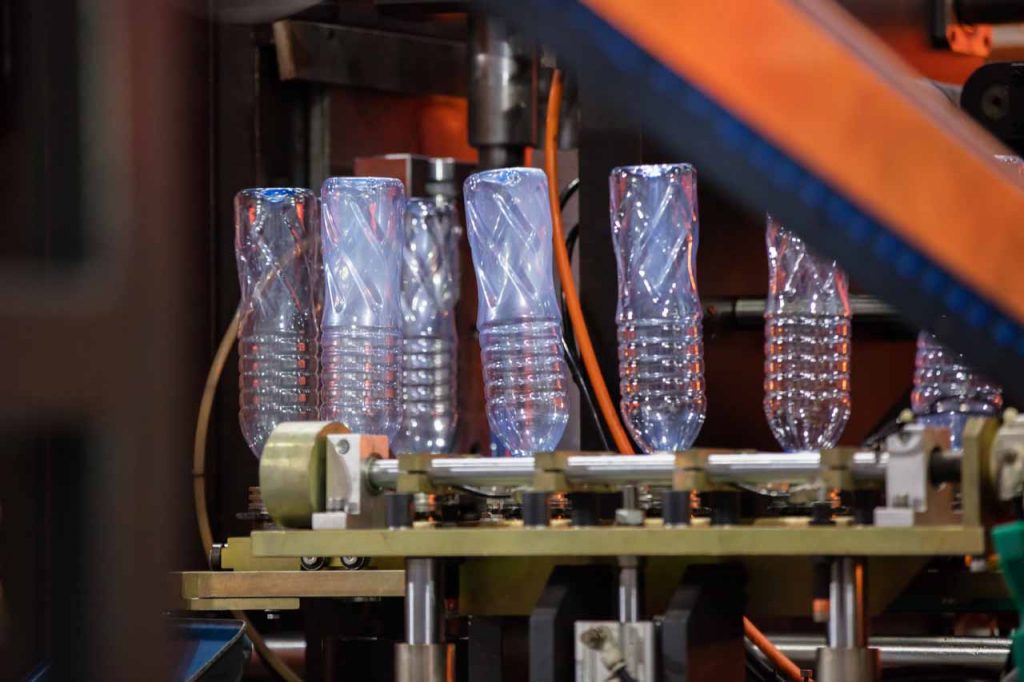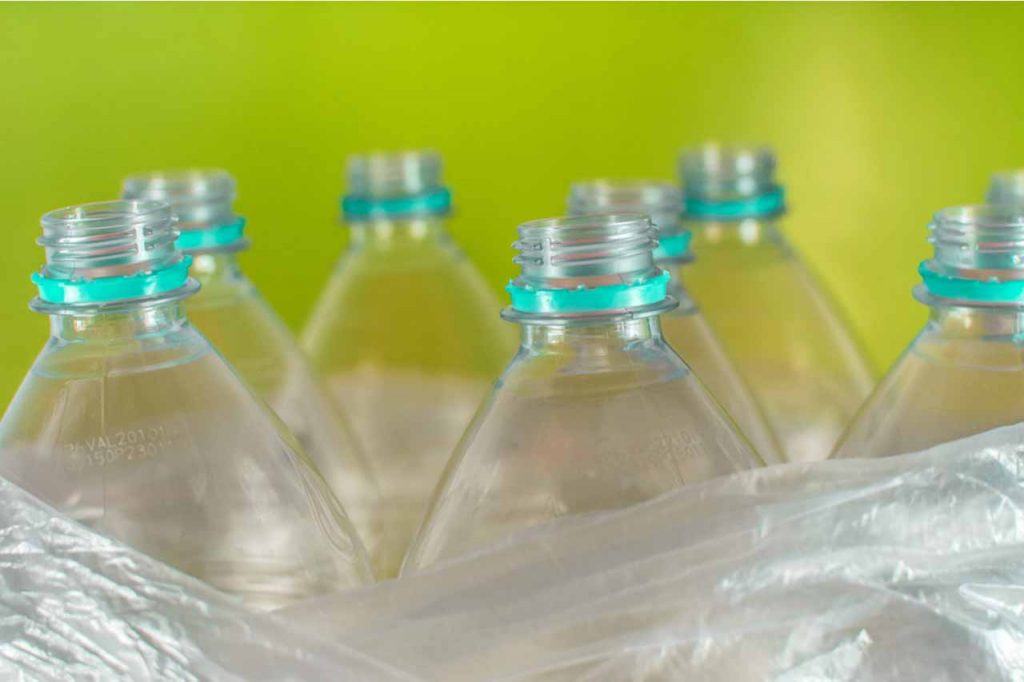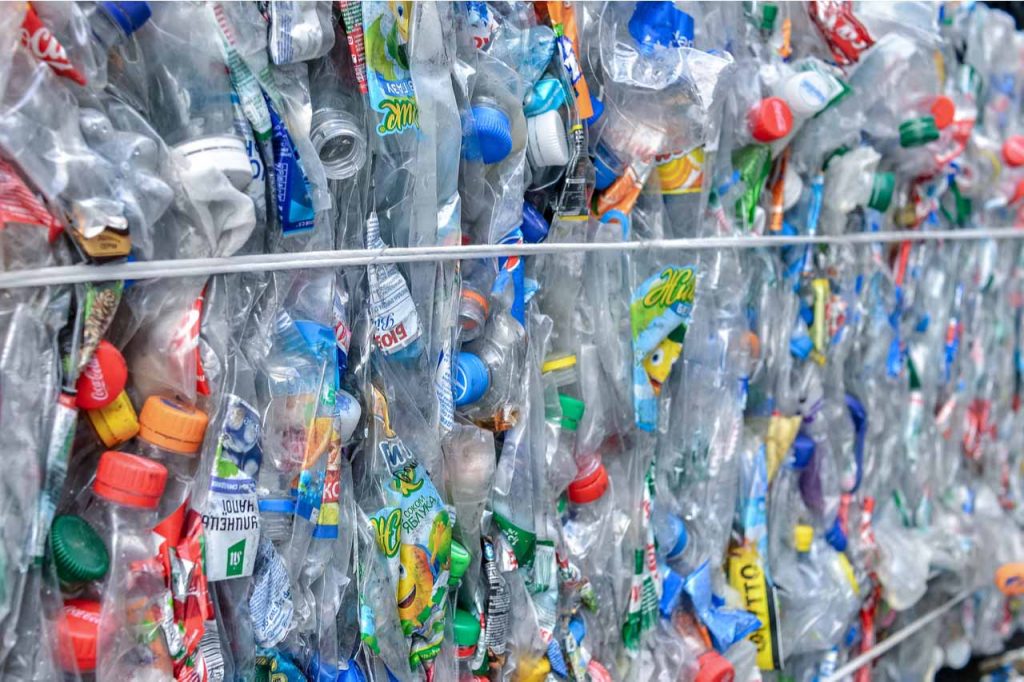
The newly introduced Plastic Waste Reduction and Recycling Act directs various federal agencies and offices to take steps to support plastics recycling. | Corlia vWyk/Shutterstock
Lawmakers in the U.S. House of Representatives have put forth legislation focused on reducing plastic waste and bolstering plastics recycling.


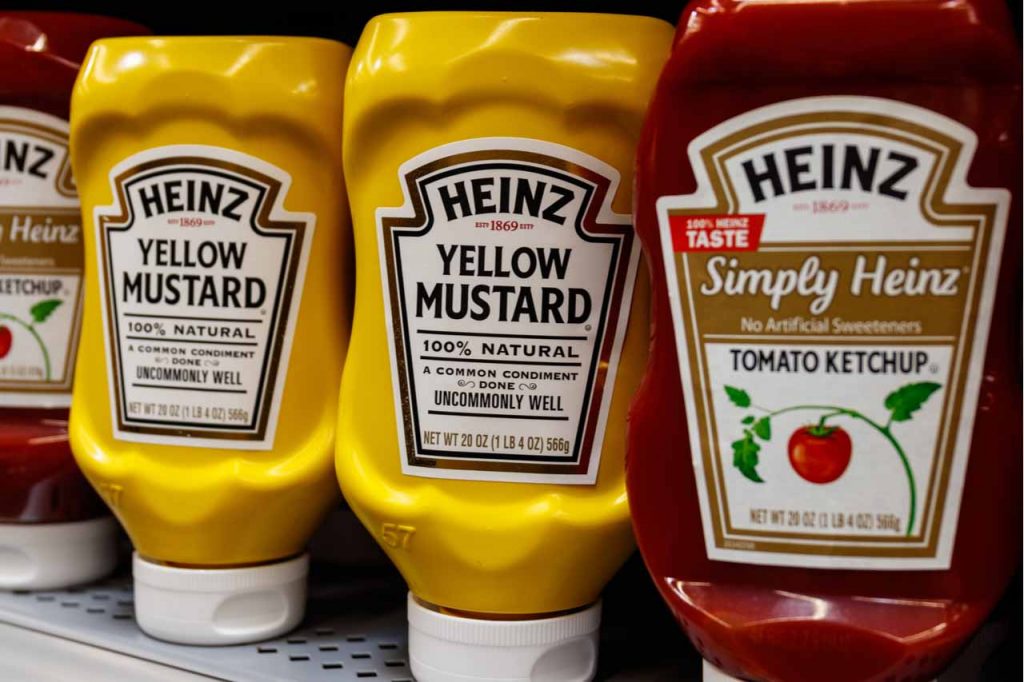
 The average price of PET bales fell this month, but natural HDPE values have remained stable.
The average price of PET bales fell this month, but natural HDPE values have remained stable.
